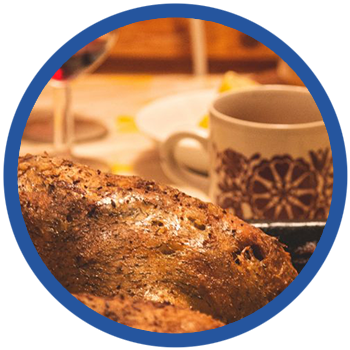This week, we will celebrate Thanksgiving as a nation much like we did a few hundred years ago. Many families and friends will gather to enjoy a warm meal and appreciate the company of one another.
My family has gathered for this holiday ever since I can remember. We always have turkey and the usual complements to the bird. While I love almost every food that is served, my favorite is cranberry jelly. You may picture the stewed kind with whole cranberries; however, I actually prefer the variety that comes out of an aluminum can—ridges and all. Now, you may ask what canned cranberry jelly has to do with automation? The answer is simple—it has quite a lot do with automation. To explain, I will tell you a short story of how raw cranberries became part of the jelly that I look forward to every year.


A group of cranberries once grew on a vine low to the ground. They looked much like the ones pictured. When they were ripe their field was flooded so they could easily be gathered and sent on to their next destination. Upon their arrival, they were cleaned, sorted, and moved on to be cooked. The berries were boiled, mixed, strained, and mashed. They were sent to be canned, labelled, and shipped to grocery stores, where they would be enjoyed everywhere.
Automation is present in many, if not almost all stages of this manufacturing process.
Very little of this manufacturing process is still done by hand. Rather, at manufacturing companies large and small the process has been automated to produce higher quantities at a lower cost without sacrificing flavor. From the moment the berries were dropped off at the factory they were placed onto a conveyor belt and cleaned. They passed through an automated machine that sorted out unusable cranberries and took a ride on another conveyor belt to be cooked. A controlled process released a specific quantity of cranberries into a very large pot along with a specified amount of water. With the help of another automated process, the manufacturer then added their special recipe of sugar and other flavorings, strained, and beat the mixture until no pulp was left. After this, automation again took over in the canning & labeling phases. Once the jelly was placed into cans with its fresh flavor sealed in, and a label with the company name wrapped around the can; it was ready to be sent to stores where everyone could enjoy it.
Many foods we enjoy on Thanksgiving have an automation story. So, while you are enjoying your meal and spending time with loved ones think about your favorite holiday food— does it have an automation story?
Let’s Get Connected
